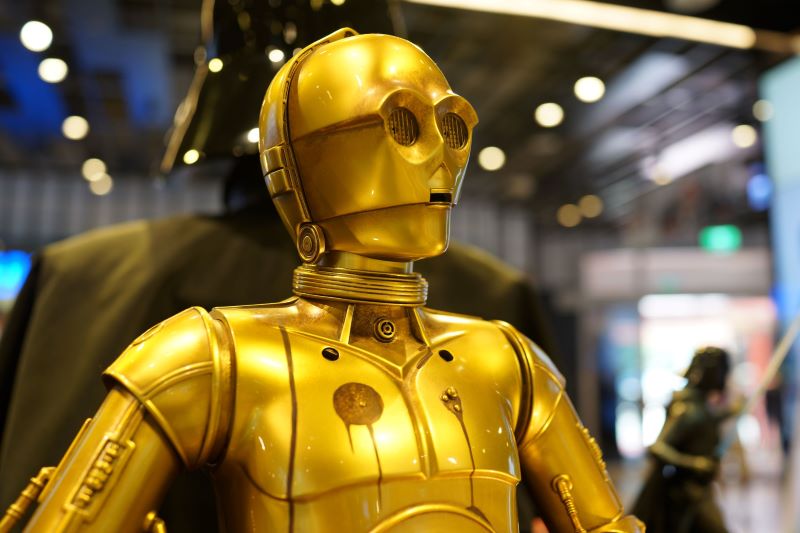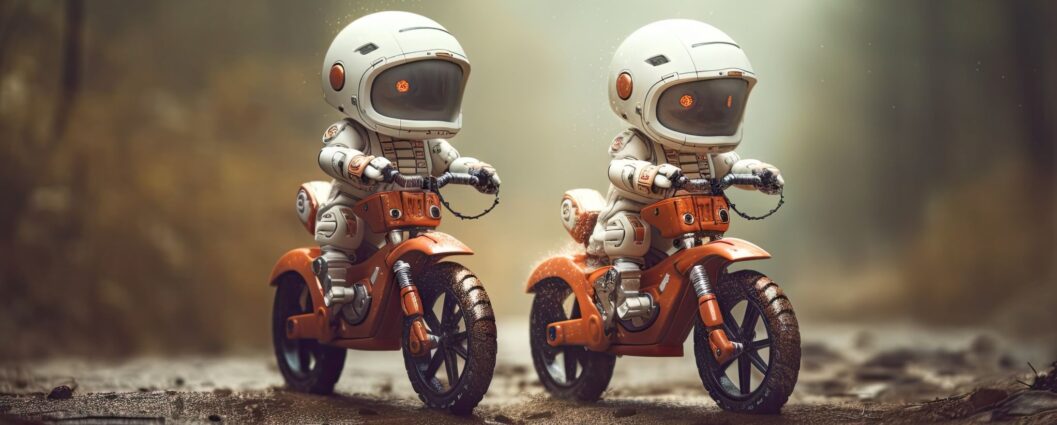AI From the Tin Man to C-3PO
When was the birth of artificial intelligence? As far back as antiquity, humans were building statues with the belief that they were artificial beings capable of wisdom and emotion. So many notable modern advances exist. Let’s look at some of them.
JavaTPoint.com credits work done by Warren McCulloch and Walter Pitts in 1943 for their model of artificial neurons as the “maturation” of AI. Stanford University points to a workshop by John McCarthy in 1956 at the Dartmouth Summer Research Project on Artificial Intelligence.
The HistoryofInformation credits Allen Newell, Herbert A. Simon, and John Clifford Shaw with a critical AI development. In 1955, they created the first “artificial intelligence program” named “Logic Theorist,” which proved 38 of 52 mathematics theorems.

Was AI Born with the Tin Man?
The most offbeat theory is from a paper by Rockwell Anyoha from Harvard called “The History of Artificial Intelligence.” He looks at the Tin Man from The Wizard of Oz film from 1939 as the genesis of AI. It is a compelling tongue-in-cheek theory considering the Tin Man was not human but could sing, dance and think like a human. His only major shortcoming was the lack of a heart, but scientists have yet to incorporate that aspect into AI.
Anyoha looks to Alan Turing and his 1950 paper “Computing Machinery and Intelligence” as one of the most important developments of AI. Although not proved at the time, Turing’s proposal was a machine taking the place of a human in a simple game.
In 1952, computer scientist Arthur Samuel developed a computer program that successfully learned how to play checkers. In 1959, Samuel coined the phrase “machine learning” about programming a computer to play chess as well, if not better, than the person who wrote the program.
After that, significant developments include George Devol’s robot enlisted in 1961 to perform tasks as part of a New Jersey factory’s General Motors assembly line. A few years later, computer scientist Joseph Weizenbaum developed ELIZA, an interactive program that could functionally converse with a person in English.

AI Back in the Movies
Back to entertainment. Stanley Kubrick’s film, 2001: A Space Odyssey, features the robot HAL (Heuristically programmed ALgorithmic computer). It runs the spacecraft’s systems and converses with the crew. In addition to speech recognition and other skills, HAL is initially the voice of reason until crew members accuse him of an error, and HAL turns evil.
Many more advances in AI and ML progressed in the 70s. By now, machines could ‘talk’ to humans and beat them in sophisticated games. Computers could store more information and were getting faster, smaller, and less expensive.
Star Wars continued the theme of AI in 1977 with droids C-3PO and R2-D2 stealing the show as co-stars with their technical prowess and unintentional sense of humor. The film’s success spurred a wave of successors and technological breakthroughs in filmmaking.
The 1980s began with the first National Conference of the American Association for Artificial Intelligence held at Stanford University (1980). The lack of computational power for significant breakthroughs in AI relegated many advances to theories and prototypes. But other forms of AI progressed rapidly through the 80s, giving the film and music industries a look and sound that would make the 70s look old in short order.
Five Popular AI Tools
